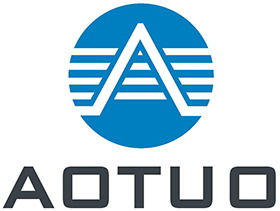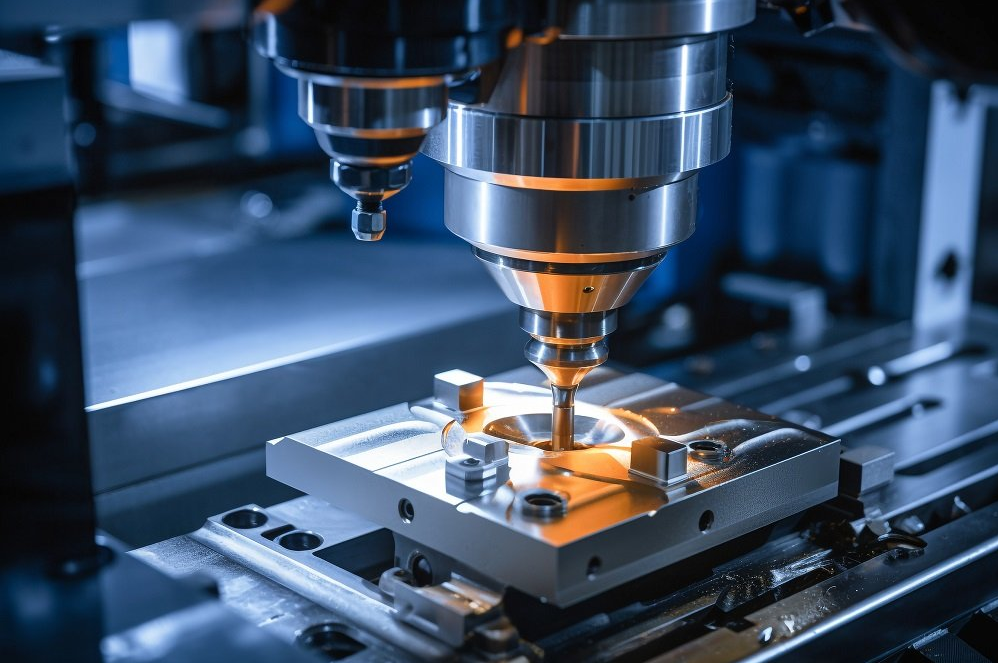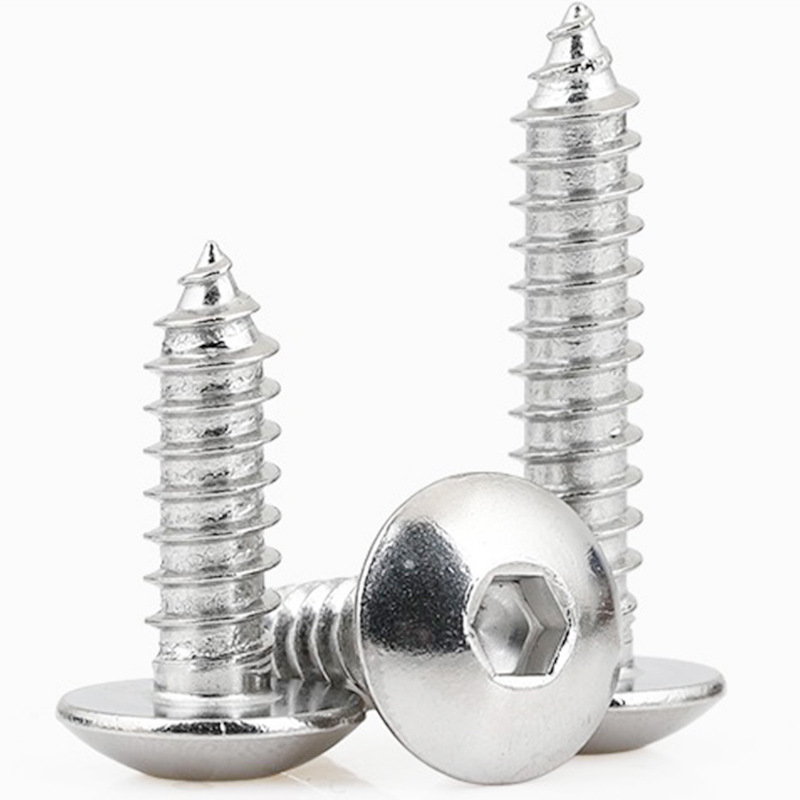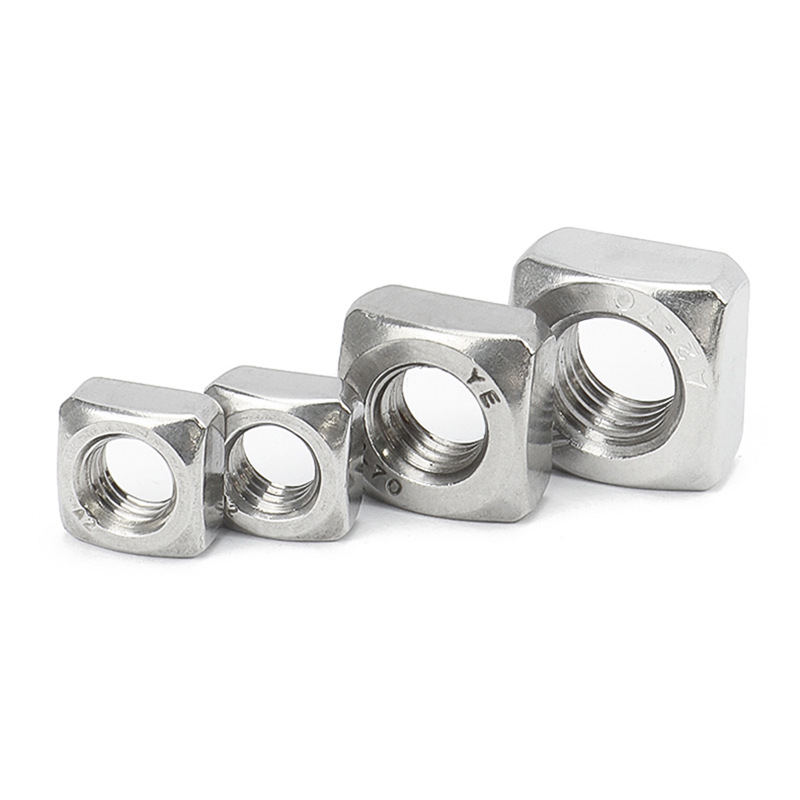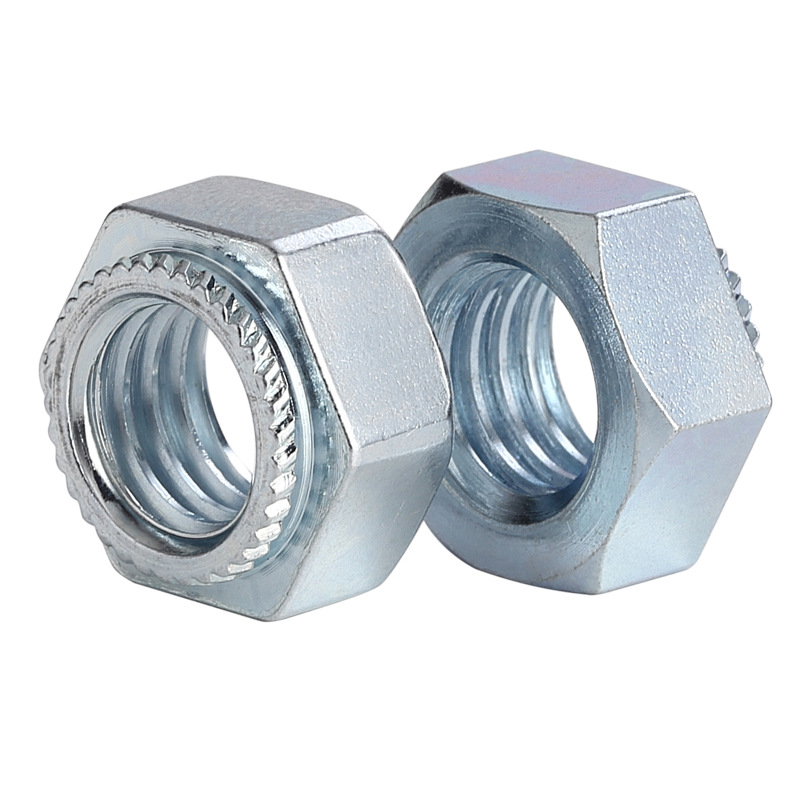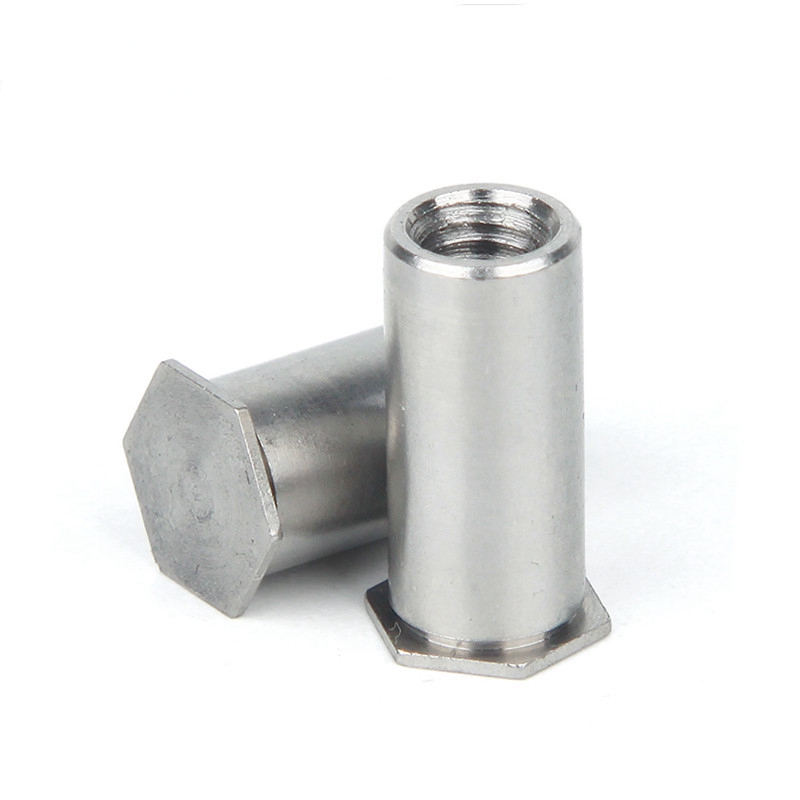Brief introduction
SUS410 is martensitic stainless steel, commonly known as stainless iron. SUS410 stainless steel is one of the most commonly used martensitic stainless steels. It contains about 12% or so Cr and is therefore moderately resistant to corrosion. Unlike austenite (such as AISI 304 and AISI 316), martensite (such as class 410) is magnetic, has a body-centered cubic structure, and can be hardened by heat treatment such as carbon steel and low alloy steel. SUS410 has good mechanical properties such as tensile strength, creep and fatigue strength, and is mainly used in steam turbines, jet engines and gas turbines and other industrial or civil applications.
SUS410 is the day sign number; 1Cr13 is the corresponding Chinese brand; X10Cr13 is the corresponding German designation; 410 is the corresponding US designation. It can be seen that SUS410 and 410 are not the same thing, but because the two brands are largely interchangeable, they are not strictly distinguished in daily description.
The chemical composition of SUS410
Comparison of the composition of SUS410 and 416 420 431 440
| Item | Element Name and Chemical Composition (%) | ||||||||
| Carbon (C) | silicon(Si) | Manganese (Mn) | Phosphorus (P) | Sulfur (S) | Nickel (Ni) | Chromium (Cr) | Molybdenum (Mo) | plumbum(Pb) | |
| SUS410 | ≤0.15 | ≤1.00 | ≤1.00 | ≤0.040 | ≤0.03 | (≤0.60) | 11.5-13.5 | – | – |
| SUS416 | ≤0.15 | ≤1.00 | ≤1.25 | ≤0.060 | ≤0.15 | (≤0.60) | 12.0-14.0 | (≤0.60) | – |
| SUS420F | 0.26-0.4 | ≤1.00 | ≤1.25 | ≤0.060 | ≤0.15 | (≤0.60) | 12.0-14.0 | (≤0.60) | – |
| SUS431 | ≤0.2 | ≤1.00 | ≤1.25 | ≤0.040 | ≤0.03 | 1.25-2.5 | 15.0-17.0 | – | – |
| SUS440C | 0.95-1.20 | ≤1.00 | ≤1.00 | ≤0.040 | ≤0.03 | (≤0.60) | 16.0-18.0 | (≤0.75) | – |
| 12Cr13(1Cr13) | 0.08-0.15 | ≤1.00 | ≤1.00 | ≤0.040 | ≤0.03 | (≤0.60) | 11.5-13.5 | – | – |
| 410 | 0.08-0.15 | ≤1.00 | ≤1.00 | ≤0.040 | ≤0.03 | – | 11.5-13.5 | – | – |
Advantages and disadvantages of SUS410
Advantages:
SUS410 stainless steel responds well to heat treatment and can improve mechanical properties, especially under quenching and tempering conditions.
Moderate corrosion resistance (better performance after passivation) in mild atmospheres, chemicals, non-salty water and normal corrosive environments.
(after heat treatment) provides better strength and hardness than other steel grades.
Due to the high hardness, wear resistance is also high (after heat treatment).
It can still maintain mechanical properties and provide good heat resistance at moderate high temperatures.
SUS410 has moderate machinability and cold pier, which is more friendly to tools and molds.
It is a cost-effective alloy due to the low cost of alloying elements
Disadvantages:
The corrosion resistance of SUS410 is not high enough for harsh conditions. Pitting and stress corrosion cracking occur in highly corrosive environments.
Weldability is worse than other steel grades. In order to obtain better welding results, pre – and post-welding treatments are required, which further increases labor costs and manufacturing costs.
SUS410 stainless steel will become brittle at lower temperatures, and toughness and impact resistance will also be reduced at low temperatures.
Antioxidant skin and antioxidant capacity are lower than other steel grades.
Compared with austenitic steel, it is difficult to form complex shapes.
Medical and sensing applications are limited due to the magnetic properties of 410 stainless steel.
Mechanical properties of SUS410
SUS410 stainless steel (annealing state) mechanical properties:
Tensile strength σb (MPa) : ≥440;
Yield strength σ0.2 (MPa) : quenching tempering, ≥205;
Elongation δ5 (%) : ≥20;
Cross-sectional shrinkage ψ (%) : ≥55;
Impact value (J/cm2) : ≥98;
Hardness: ≤200HB
Physical properties of SUS410
Density g/cm3 (lb/in3) : 7.9(0.29)
Melting point °C (°F) : 1480-1530 (2700-2790)
Magnetic permeability: 700-1000
Specific heat capacity J/kg·K (Btu/Ib.°F) : 460 (0.11) at 20°C (68°F)
Resistivity μQ·m: 0.57 at 20°C (68°F)
Elastic modulus Gpa (106psi) : 200 (29.0)
Young’s modulus: Gpa (106psi) : 190-210 (27.6-30.4)
Thermal diffusivity, mm2/s (in2/s) : 6.7 (0.01) at 20 to 100°C (68 to 212°F)
Thermal conductivity W/m·K (Btu/ft·h·°F) : 24.9 (14.4) at 100°C (212°F) 28.7 (16.6) at 500°C (932°F) 9.9 (5.5) at 0-100°C (32-212°F)
The coefficient of thermal expansion is 10-6/K (uin. /in. ·°F) 11.4 (6.3) at 0-315°C (32-600°F) 11.6 (6.4) at 0-538 °C (32-1000°F)
Heat treatment of SUS410 stainless steel
410 stainless steel heat treatment includes annealing, hardening, tempering and stress relief.
Annealing:
Forging 410 stainless steel annealing temperature:
Process (subcritical) annealing: air cooling temperature 650-760°C (1200-1400°F). Maximum softness is obtained by heating to the upper limit of the range. Rockwell hardness: 86-92 HRB
Complete annealing: thorough soaking at the temperature of 830-885°C (1525-1625*F); Cool the furnace to 790°C (1455°F) and continue cooling to 595°C (1100°F) at a rate of 15 to 25°C/h(27 to 45°F/h); Air cooled to room temperature. Rockwell hardness: 75-85 HRB
Isothermal annealing: heating to 830-885°C (1525-1625°F); The cells were kept at 705°C (1300°F) for 6 hours. Rockwell hardness: 85 HRB.
Hardening:
“It is heated to an austenitization temperature of 925 to 1010°C (1700 to 1850°F), the usual time in this temperature range is 30 to 90 minutes, and the quenching agent is air or oil.” For parts thicker than 6.4 mm (0.25 in), the oil should be quenched; A tempering bath at 150 to 400°C (300 to 750°F) can replace oil quenching.
Tempering:
Tempering temperature: 205 ~ 370°C (400 ~ 700°F), final tensile strength 1105-1515 MPa (160 ~ 220 ksi), Rockwell hardness 38 ~ 47 HRC.
Tempering temperature: 565-605°C (1050-1125°F), final tensile strength: 760-965 MPa (110-140 ksi), Rockwell hardness: 25-31 HRC. Tempering in the 370-565°C (700-1050 °F) temperature range is not recommended as it results in low and unstable impact properties and poor corrosion and stress corrosion resistance. }
Heat resistance of SUS410 stainless steel
Maximum operating temperature in air:
Intermittent service: 815°C (1500°F)
Continuous use: 705°C (1300°F)
